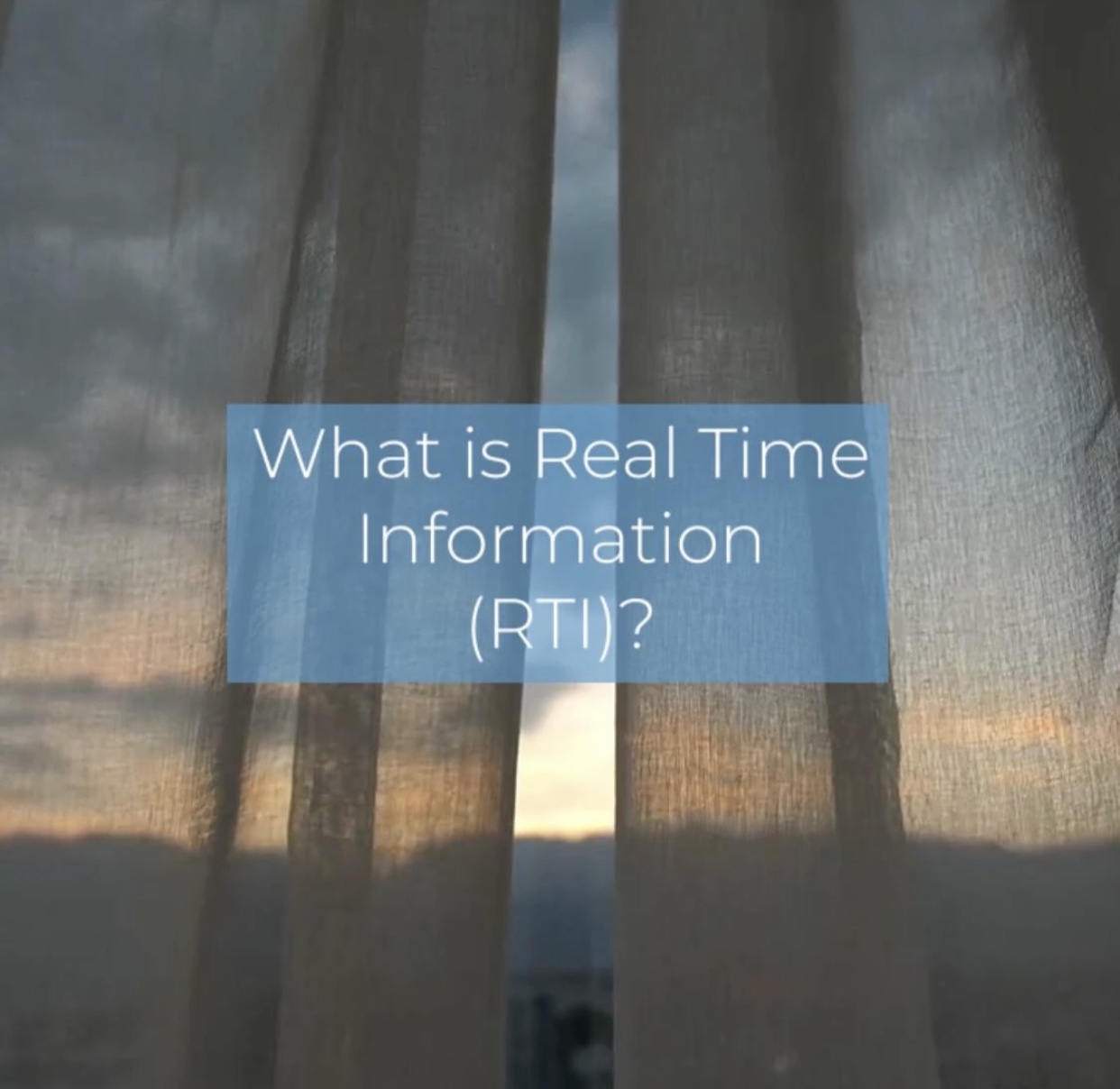The most important shift to PAYE has been Real Time Information (RTI). RTI is a reporting system that aims to make PAYE submissions more effective. This means you'll have to send details to HMRC in real time every time you pay employees. Real-time information has no impact on how you measure PAYE; it just means you'll have to submit more often. RTI was first implemented in 2013.
Rather than submitting PAYE details to HMRC once a year at payroll year end, you'll have to do so any time you pay your workers.
Tools from HMRC to assist with RTI
Depending on your company, you can need to take different steps in order to prepare to report PAYE in real time. HMRC has created a range of resources to assist you in determining what action your company will need to take, including:
- The webinar ‘Get ready to run PAYE in real time' offers additional information about how to prepare your company for RTI. The webinar can be found at http://www.hmrc.gov.uk/payerti/getting-started/rti.htm.
- Business Readiness Checklist – a printable checklist that lists the steps you'll need to take to get ready for your business. http://www.hmrc.gov.uk/payerti/getting-started/business-readiness-checklist.pdf
The effect of RTI on small Businesses
Due to concerns about RTI's effect on small businesses, reporting requirements were temporarily relaxed. However, those relaxed regulations were lifted in October 2014, and small companies must now disclose each time they pay their employees, not just on a monthly basis.
As a small business owner, you must still process PAYE in the same way, but it is now critical that you upload payroll data to HMRC on or before the day you pay each of your employees.
Why is it important to submit RTI and how to prepare for RTI
Employers who fail to make a Full Payment Submission or Employer Payment Summary on time will be penalised by HMRC. They'll even penalise you if you're late on your payments. If you don't have any workers to pay in a given tax month, you won't have any FPS to send to HMRC. By the 19th of the following tax month, you must inform them by submitting an Employer Payment Summary (EPS). This will ensure that HMRC does not issue a penalty notice because you did not submit an FPS.
You must have compatible payroll software or use a ‘RTI ready' payroll provider to be able to report payroll data in real time. If you're doing your own payroll, you'll need to use either a commercial RTI-enabled software payroll kit or HMRC's Basic PAYE Tools software if you have less than nine workers. When you switch to real-time reporting, you must upload all of your PAYE details electronically.
Consider the consequences for the payroll processes and take steps to prepare ahead of time to ensure a seamless transition to real-time payroll reporting. It is hoped that once the transition to RTI is complete, the PAYE reporting process will be easier and faster for both employers and HMRC.
What does RTI mean for your employees?
RTI will favour the workers because it helps to increase the consistency of tax codes across the year. As a result, fewer members of the team will be required to pay extra tax at the end of the year. Furthermore, any overpayments or underpayments would have a lower value.
If you are liable for your own payroll and have not yet enrolled, you will need a user ID and password for PAYE Online. When your payroll programme sends your payroll reports to HMRC, you'll need these login information. Persona Finance (enquiries@personafinance.co.uk) will help you with your payroll if you require help.



